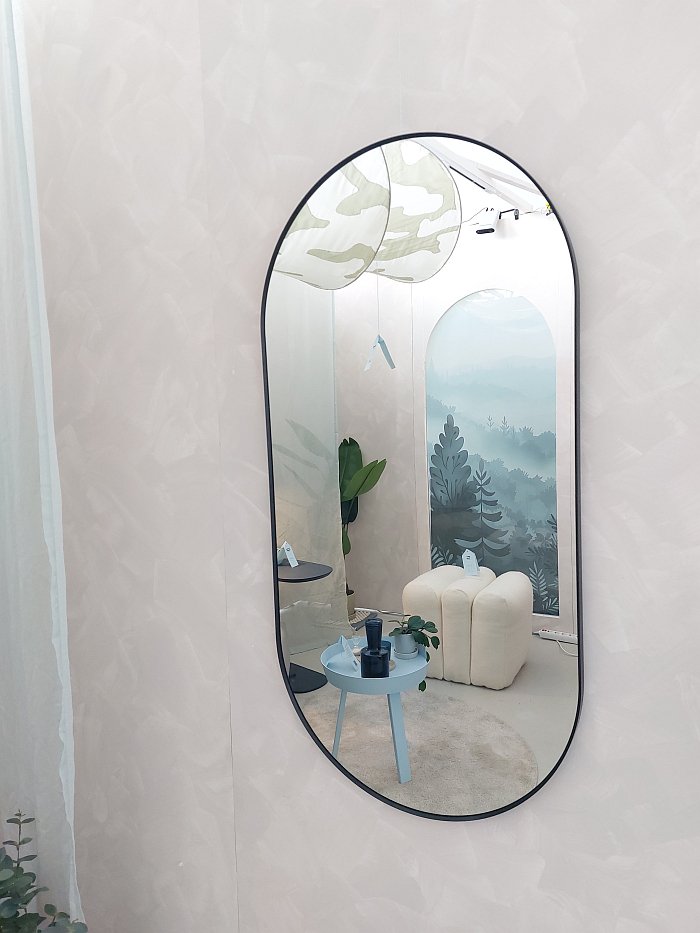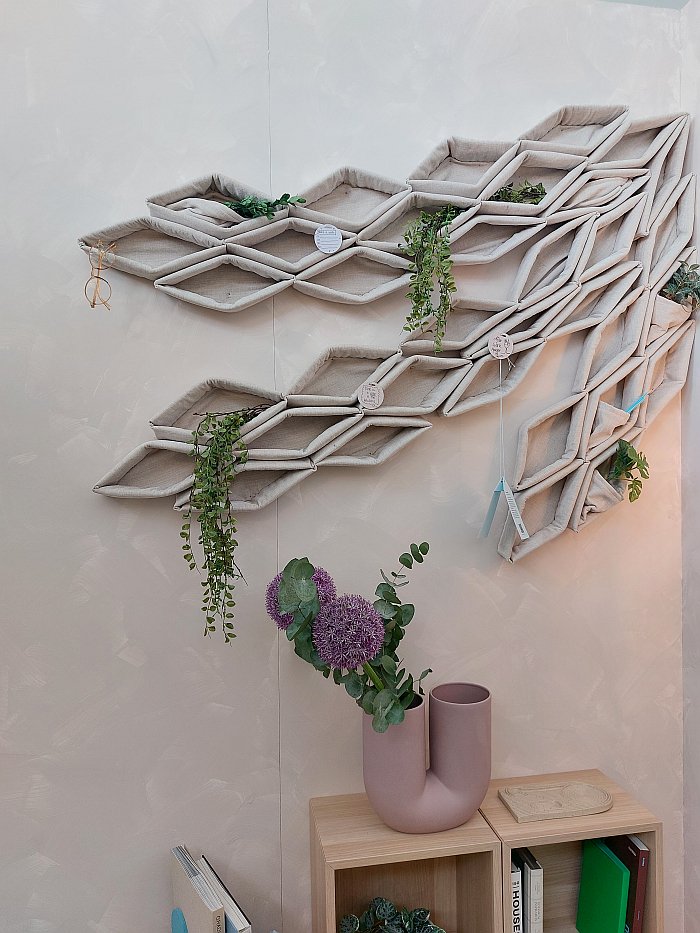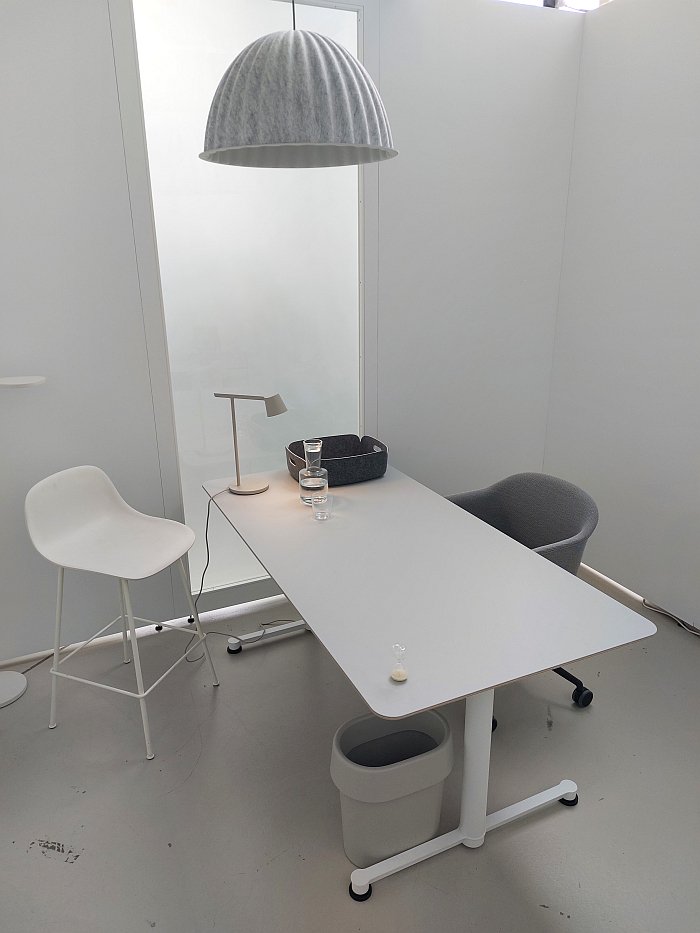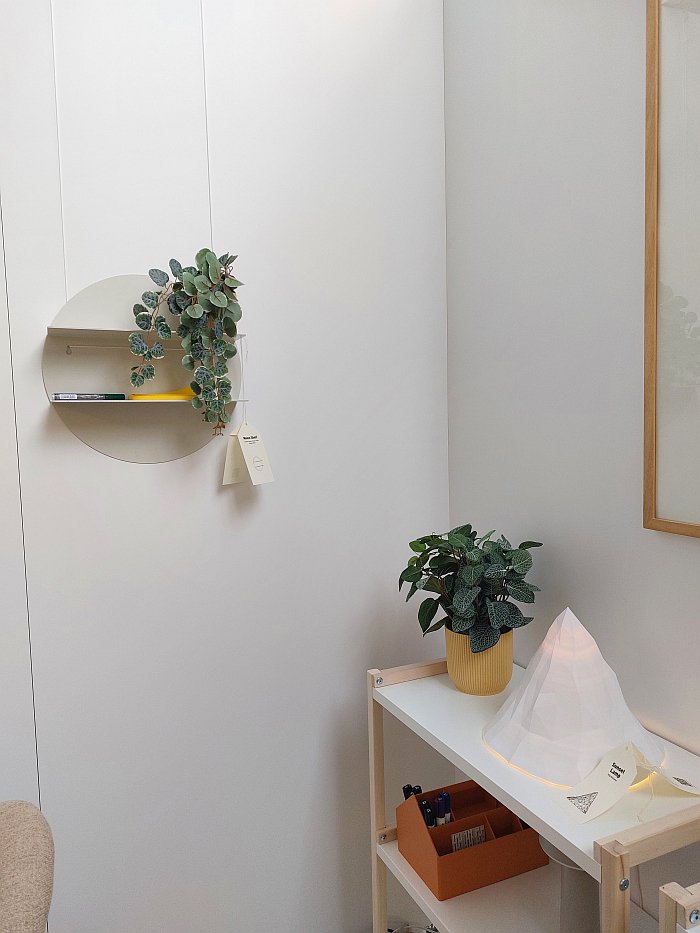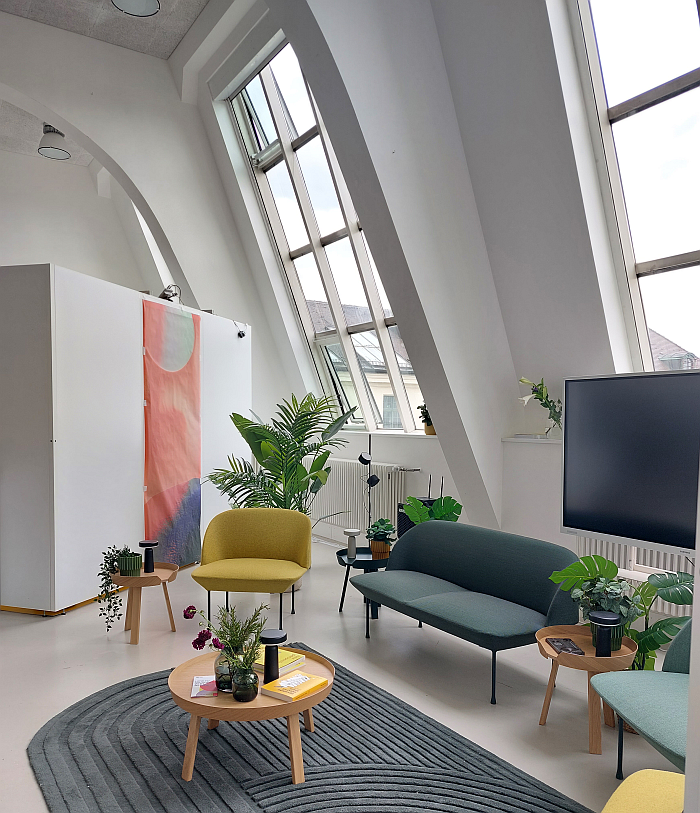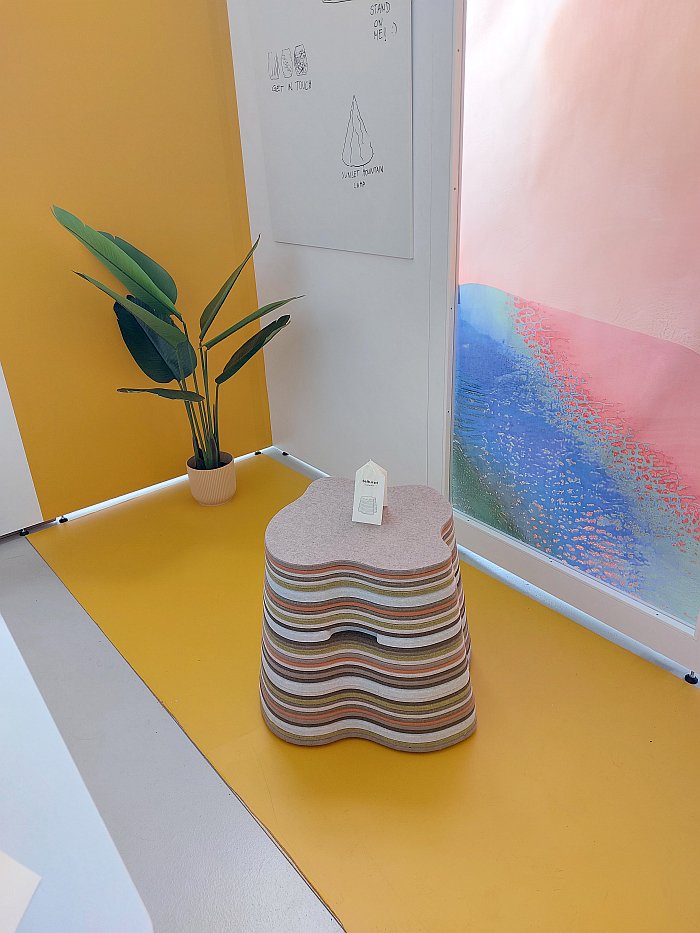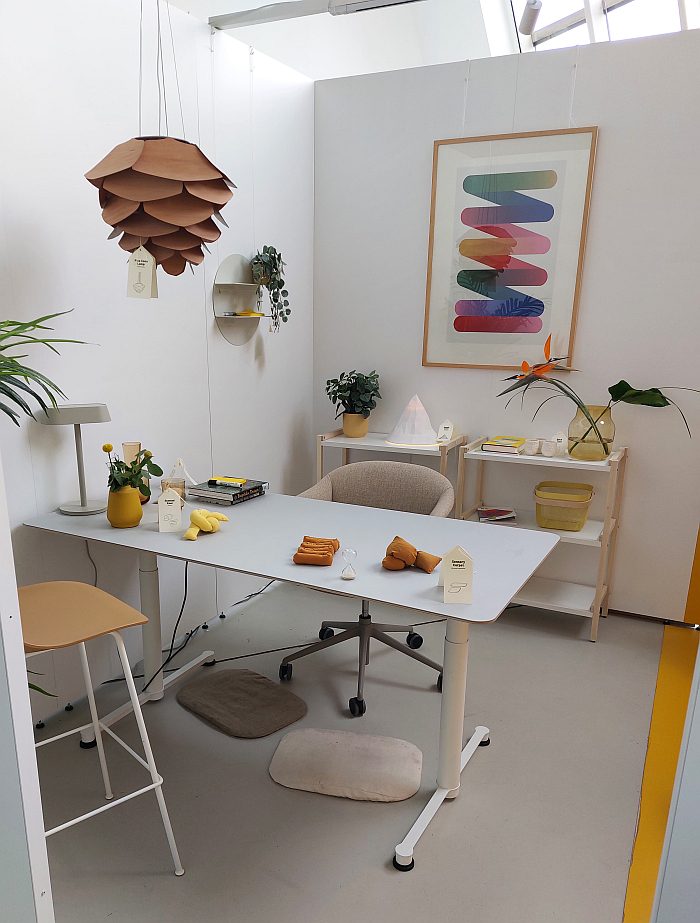
For all that the office is popularly considered an 'environment', over a great man decades it was essentially a monoculture in terms of flora and fauna: humans were there, but little else. Save that half-dried out Yucca sp. or Philodendron sp. in the shadiest corner of the office. Or sat on the sunniest window still. Objects that have not only accompanied the office since time immemorial but which stood and stand proxy for the lack of interest in nature in the office, lack of consideration for nature in the office, over those great many decades.
And that despite the fact that in the much longer period of human existence before the Office Age humans had developed intimate dependencies with the natural world. The rise of the Office Age was however representative and symbolic of the rise of industrialisation and of the associated total dominance of humans over the natural environment we once shared the planet with but which was now a commodity.
In more recent decades such thinking has began to change, the relevance and importance of nature to the human species and human condition has began to be both realised and integrated into office design; one thinks, for example, of Herman Hertzberger's early 1970s office building for the Centraal Beheer insurance company in Apeldoorn, Netherlands, a notable early example of not only introducing other species into office environments, of developing more polycultural office environments, but of re-imagining the office environment, re-imagining the relationships between space and worker and work.
Relationships, a questioning of those relationships, a questioning of how those relationships influence work and productivity, an, if one so will, rephrasing of questions of efficiency and office organisation that have been at the core of considerations on office design since the dawn of the Office Age, and as embodied in, for example, The Modern Efficiency Desk or the Citizen Office project, that in the course of the 1970s and 80s moved beyond being part of architects' wider visions of the office environment to become an area of academic research, and which via various routes has become known, in context of all interior environments, as Biophilic Design.
And a questioning of those relationships between space and worker and work, a questioning of how those relationships influence work and productivity, and a questioning of how designers can intervene to expand upon and amplify the positive contributions of nature to that physical environment and to work and productivity, to office efficiency, that not only formed the basis of the seminar The Biophilic Workspace within the Chair of Integrated Product Design at the Technische Universität München, TUM, but were also questions actively pursued in the showcase The Biophilic Workspace in context of MCBW 2024. A showcase of the results of the seminar that was also a research environment within which volunteers were invited to work, to be studied working within, three different office scenarios: the Neutral Room, a grey and white space with no biophilic elements, with no influencing factors or distractions and which is and was reminiscent of the monoculture office of yore; the Room for Reflective Thinking, a space "designed with a focus on creating harmony and stress-free work life" employing to that end rounded, flowing forms in a landscape of blue-green hues; and the Room for Focussed Activity, an active, agile, space set in a yellow-orange colour scheme.
A triumvirate of spaces we didn't volunteer to work in. We wanted to. Very much so. There were however no free slots when we were in Munich. So we couldn't. Didn't. But very much wanted to.
We did however explore the three environments, which is and was 'work', if not the sort of 'work' being researched in the TUM, a further nice underscoring that since the rise of the Office Age discussions on 'work' invariably mean the desk 'work' undertaken by the journalists and academics who consider 'work' in their 'work', and rarely involves the other myriad types of 'work'. Is Biophilic Design relevant on a factory floor, in a car repair shop, in a supermarket, in a lorry, on a farm, etc, etc, etc. Or just in spaces journalists and academics inhabit? But we digress.......
.......we did however explore the three environments, three environments with their own individual atmospheres, three environments populated by furniture by project partner Muuto, a reminder of the importance of furniture manufacturers in supporting students projects, something every furniture manufacturer, and arguably every furniture dealer, should get involved in. And three environments, three rooms, or more accurately two rooms, the Neutral Room wasn't, also populated by objects developed by TUM students in context of The Biophilic Workspace seminar.
Objects that were very much our focus of The Biophilic Workspace showcase. Which isn't to say the workspace scenarios didn't interest us, they very much did; is to say, if your not sitting in them working, and comparing the experiences, it's neigh on impossible to fully appreciate the nuances of the designs, far less their contribution to your work, productivity. And is also to say that in terms of the three scenarios the most interesting, most important aspect is the results of the study undertaken with volunteers during MCBW. If and when that is published we'll be sure to update.
And so our focus was the objects developed by the students, including, and as ever, amongst others and with no disrespect to any project not named, Anne Schlumbohm's Growing Wall concept as featured in the Room for Reflective Thinking, essentially, we're saying in our reading of it, in our understanding of it, a modular acoustic system with integrated, inherent, space for greenery and which can also be used for storage of small items and as a pin board/brainstorming board, and thus a meaningful addition to any awkward small corner of an office, or awkward small office, certainly any awkward home office space.
Or, and staying in the Room for Reflective Thinking, Wool Stool by Simon Stock, a stool filled with wool, a material, an opportunity to establish more small-scale local sheep-holding by way of supporting the local ecology and economy we are admittedly somewhat obsessing over at the moment. But beyond our current unhealthy fascination with all things wool, a very satisfying object as presented in The Biophilic Workspace; a stool which tactilely and formally is and was very pleasing and although initially was a bit of a challenge to sit on, once you learned to sit on it offered a very comfortable and stable sitting experience. For home or office. Or home office.
As did the Softwood stool by Lisa Dehmann to be found in the Room for Focussed Activity and which we spent a goodly amount of time sat on; an object crafted from layers of PET felt, whose curvature was very reminiscent of nature, and whose stratification was reminiscent of rock formations, of nature past. And stratifications in which future generations will find our PET waste alongside nature past, thus an apposite reminder that the damage we're doing to the planet will affect others more than us; and a stool much firmer than the name might suggest. But not unpleasantly so. And also spent a goodly amount of time, including time sat on Softwood, reflecting on Daniel Schlosser's Pinecone Lamp, a work that for all it is formally reminiscent of the 1950s works of a Poul Henningsen has a functionally Henningsen wouldn't have been able to achieve in the 1950s: society being as it was in the 1950s and not in the 2020s. Namely Daniel's Pinecone Lamp, according to Daniel, opens and closes depending on the relative humidity of the room, is not just formally a pine cone but functionally. If it does or doesn't open, we no know, we weren't there long enough for there to have been significant changes in the relative humidity; but we see no reason to doubt that it does, certainly could.
And as such Pinecone Lamp poses some very interesting questions on interactivity in the office environment, questions on the functionality of office furniture and, and we'd argue primarily, helps one formulate questions as to where our focus should be in terms of integrating nature into office environment? Where our focus should be in terms of Biophilic Design? On bringing nature from its environment to our environment or on learning from nature to better understand and respond to the environment in which we find ourself, on learning from nature how to employ prevailing environmental parameters without interfering with them, on learning from nature how to thrive? That thing human societies used to do before the Office Age and industrialisation convinced us we were invincible. And saw us begin to torture Yucca sp. and Philodendron sp.
Further details on The Biophilic Workspace project can be found at www.arc.ed.tum.de
Munich Creative Business Week 2024 has now finished, but full details on what you missed, and when the 2025 edition will be staged, can be found at www.mcbw.de
